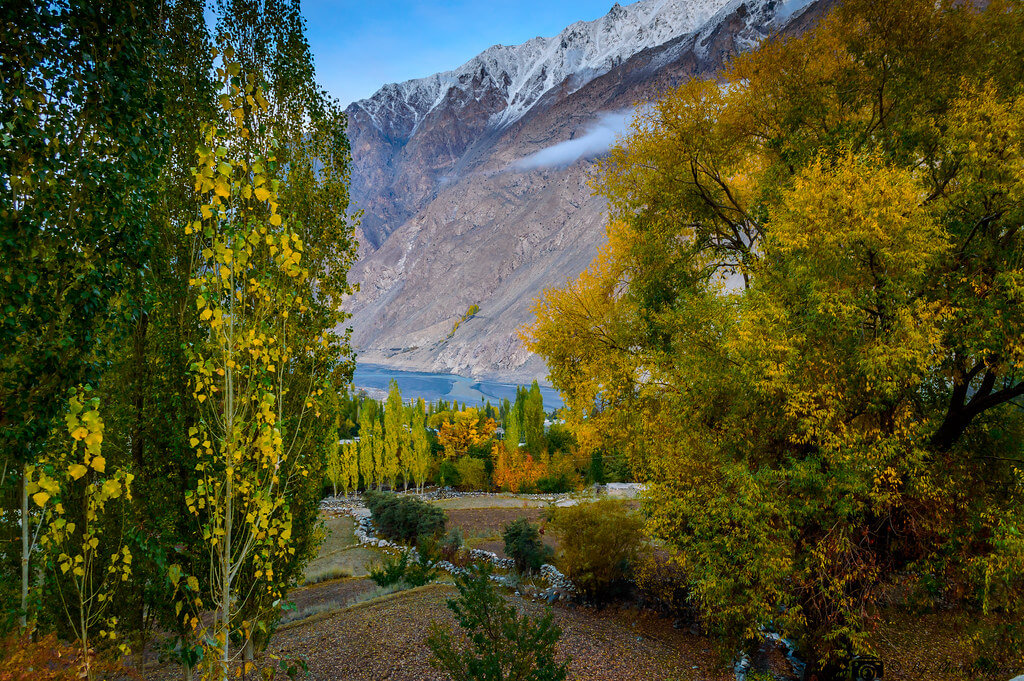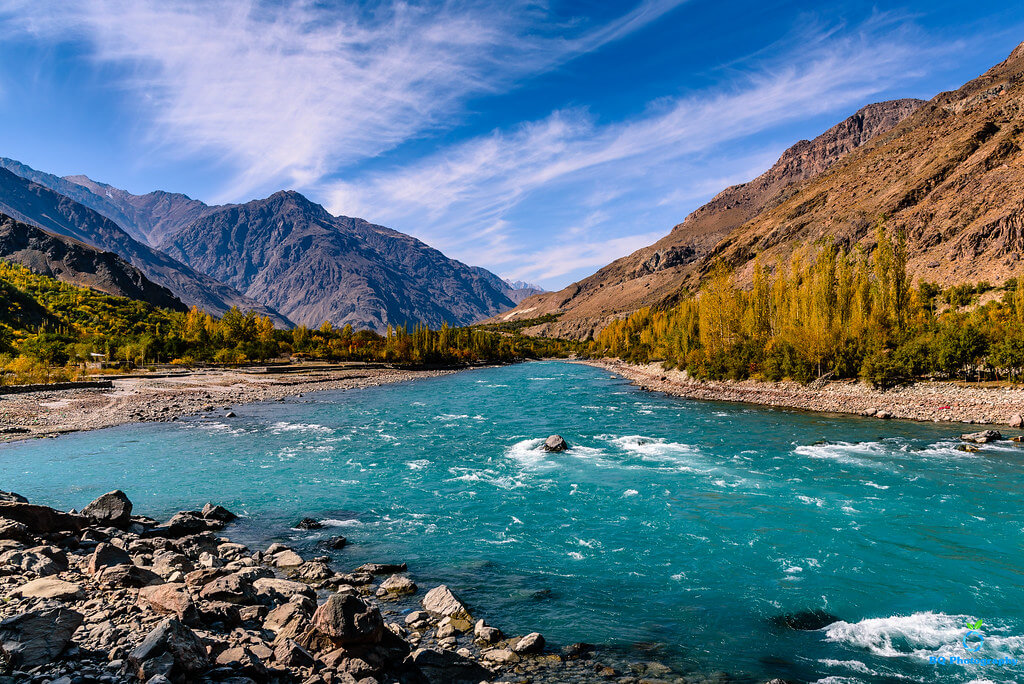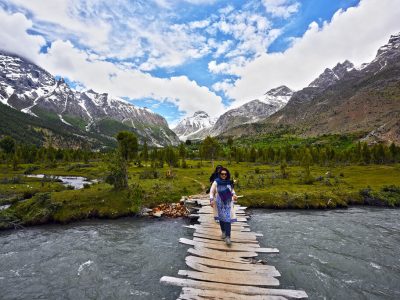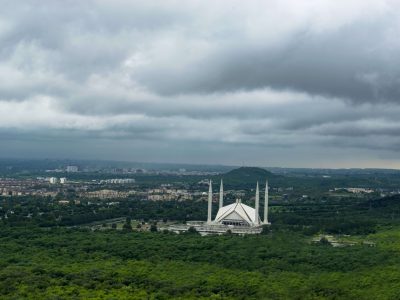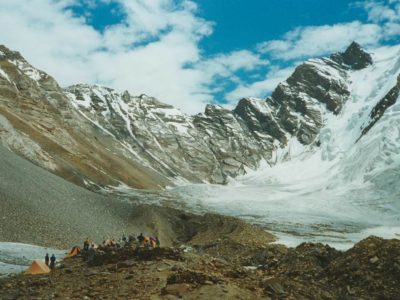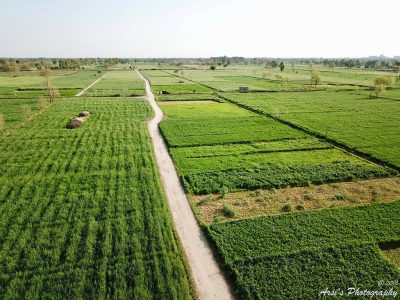Pakistan Expedition
A visit to the isolated Hunza Valley of Pakistan
Pakistan Expedition: This 15-day adventure is an entirely new journey across an old region. The adventure begins in Islamabad, Pakistan's capital, and travels north to the picturesque and rarely visited Hunza Valley region. Nature has been freed here: envision intimidating jagged peaks, alpine lakes, and glaciers creeping into valleys. Hike through ancient defences strewn around rural settlements and learn about current innovations that help the locals thrive. Finish in Lahore, a city that has not only survived the rise and fall of empires but has also kept the culture that has made Pakistan such a captivating, all-consuming country.
Itinerary
The Itinerary for the Pakistan Expedition is noticeable below
Day 02: Explore Islamabad
Take advantage of the chance to explore Islamabad with your fellow tourists. Your local guide will chat with you about the history of both Islamabad and Pakistan, as well as address any questions you may have about this frequently misunderstood place. There will be an opportunity to shop for native clothing, so consider purchasing a shalwar kameez - the traditional garment of loose-fitting trousers and a long shirt. After visiting Faisal Mosque, which was the largest mosque in the world when it was completed in 1986 and is believed to hold 10,000 worshippers, travel to Taxila, an ancient landmark. These UNESCO World Heritage-listed remains bear witness to more than 500 years of cultural change influenced by Persia, Greece, and the rise of Buddhism. In the evening, have a group lunch at Monal, Islamabad's most famous restaurant, which is hidden in the hills and provides spectacular views of the city below.
Day 03: Fly to Gilgit then Drive to Gulmit (2465m)
Fly from Islamabad to Gilgit this morning, then north to Gulmit, a little village surrounded by mountains and glaciers. It is located near the well-known Karakoram Highway, often known as the China-Pakistan Friendship Highway because it connects the two nations. There will be multiple opportunities to halt and take in views of Nanga Parbat and Rakaposhi, as well as the location where the Karakoram, Hindu Kush, and Himalaya mountain ranges all meet.
Day 04: Explore Gulmit Valley
Spend the day at Gulmit taking up the atmosphere. Take a trip around the village and stop at a carpet-weaving center run by local women in one of the village's oldest traditional residences. You'll also walk out to the Ondra Fort ruins. While the walk isn't very lengthy, you'll want to take it slowly to acclimatize to the altitude (and all the stairs!) - plan on 1-2 hours each way. The fort is perched on a rocky ridge above Gulmit, commanding views of many strategically significant passages in the area. It is thought to have been erected in the 16th century by a ruler named Qutlug Baig, and as if the historic remains weren't enough, there are breathtaking views of the valley and neighboring peaks.
Day 05: Explore Hunza Valley
Visit the Hussaini Hanging Bridge today, which is regarded as one of the world's most perilous bridges. Though the bridge's condition is doubtful, its setting is idyllic, suspended above Borith Lake and surrounded by craggy mountains. Spend some time climbing to the lake, which is about 2600 metres above sea level, and out to the magnificent Passu Glacier. Your guide will establish a safe altitude pace, and it's a good idea to take it slow. There will be plenty of time to rest, and you will also see Passu Sar (7470 metres) and the picturesque Tupopdan (6106 metres), commonly known as Passu Cones or Passu Cathedral. Later in the day, go to Passu, a settlement on the banks of the Hunza River. Take tea in a local's home and try the town's famous apricot cake and yak burgers. This evening, you'll be treated to a traditional performance by a band that will play their native instruments, sing songs with you, and teach you how to do some traditional dance steps.
Day 06: Drive to Shimshal (3100m)
Travel by 4WD to Shimshal, a small village that was inaccessible by road until 2003. The road took 18 years to construct and was built by the local population, who had previously had to trek for several days to reach other sections of Hunza. Shimshal is so remote that Hunza state convicts were once sent here as a punishment. The residents of the area are resilient and exceedingly hardworking. Given the rough, mountainous environment, it's not a surprise that a lot of prominent Pakistani mountaineers grew up here. Shimshali is Pakistan's equivalent of Sherpas, and arguably the most famous Shimshali are Samina and Mirza Ali Baig, a brother-sister climbing team. Samina is the first and only Pakistani woman to reach the summits of Everest and the Seven Summits at age 21.
Day 07: Explore Shimshal Valley (3100m)
Spend the day exploring Shimshal and learning about the difficulties of living in such an unfriendly environment. Meet the local families and learn about their hardships, then go on a walk for panoramic views of the surrounding area. Almost every home in Shimshal is powered by solar energy, as is the local school, which generates enough energy to power an IT lab as well as 18 classrooms. Enjoy the beautiful scenery, take some time to rest and acclimatize to the altitude, and know that you're visiting a region that few will ever get to see.
Day 08: Hike to Shimshal (3100m)
Put on your hiking boots and spend the day exploring Shimshal's scenic walking trails. Remember, inhabitants used to have to go for days to the next town on paths that even yaks couldn't cross. The particular hike will depend on the group's interest and the accessibility of the location, but you can be sure that there will be views for days and very few if any, tourists. The hike is made more difficult by the region's high altitude, but the vistas of the mountains and valleys make the effort worthwhile. If you don't want to do the walk today, you can spend the day enjoying the village.
Day 09: Drive back to Hunza Valley - Karimabad (2206m)
Say goodbye to the Shimshal residents before returning to Passu by 4WD. Visit Lake Attabad and the town of Ganish along the way. There's a terrible narrative beneath Lake Attabad's glistening surface. The lake emerged in 2010 as a result of a major landslip that killed 20 people and displaced hundreds more. The landslip effectively dammed the Hunza River for five months, producing a lake 21 kilometers across. Fortunately, the dam was not breached, and the lake is now a major tourist site known for its amazingly blue water. See it for yourself, then visit Ganish, an old Silk Road village that got a UNESCO cultural conservation award. In the evening, go to Karimabad, the commercial centre and capital of the Hunza region. Spend some time exploring the local market before retiring to your Aliabad hotel for the evening.
Day 10: Explore Karimabad (2206m)
Today, you'll trek to the Baltit and Altit forts, which have stood in the region for almost 700 years and are a reminder of the valley's past strategic importance. These villages were important for controlling ancient Asia trade routes, and Baltit Fort commanded a dominating position over the village. The Aga Khan Foundation, which has also been working on various programs to empower local women's groups, renovated these well-maintained forts. You'll go to one of these organizations, learn about their programs, and eat at a cafe managed by local women. At dusk, hike up to the Eagle's Nest for a spectacular view of the surrounding mountains, including Rakaposhi, Ultar, the Bublimotin, and Spantik on a clear day.
Day 11: Drive to Gilgit and Fly to Islamabad then Lahore
Drive from Aliabad to Gilgit for a flight back to Islamabad. The group will then travel to Lahore, Pakistan's second-largest city and the capital of the Punjab province. It is a rich city recognized for its cosmopolitanism and emphasis on education and the arts. You'll stop along the journey at Katas Raj temples, a beautiful collection of Hindu temples in the Chakwal area.
Day 12: Explore Lahore
Today, your tour guide will take you on a visit of the Lahore Museum, which was created in 1865. The museum is regarded as one of the best in Pakistan and was featured in Rudyard Kipling's novel "Kim." Kipling's father, John, was one of the museum's first curators. From here, you can visit the Lawrence Gardens, now known as Bagh-e-Jinnah, which has a botanical garden, an open-air theatre, and a famous cricket ground. Take some time to rest and enjoy the serene surroundings in these huge gardens, which are a favorite relaxing spot.
Day 13: Explore the Historical Places of Lahore
Begin your day by seeing the Tomb of Jahangir, a 17th-century monument constructed for Mughal Emperor Jahangir, who reigned from 1605-27. Continue to the magnificent Shalimar Gardens, created by Emperor Shah Jahan in the 17th century and featuring waterfalls, ponds, and various garden pavilions. Wander through the complex, which was supposed to be a natural heaven on Earth, before heading to the Pakistan-India border at Wagah to see the flag-lowering ceremony. This amazing display, which comprises both sets of soldiers performing some seriously masculine choreography, attracts both international tourists and locals. The ceremony concludes with the simultaneous lowering of both flags and a handshake between the soldiers.
Day 14: Explore Lahore
Your final full day in Lahore will be spent touring some of the city's most well-known attractions. The first stop is the Walled City of Lahore, which was built about the year 1000. The Delhi Gate, the World Heritage-listed Lahore Fort, the massive Badshahi Mosque, and the incredibly magnificent Wazir Khan Mosque are all inside its confines. The inside is intricately decorated with mosaics and paintings, and the mosque holds historic stores, Sufi saints' tombs, and the Shahi Hammam baths. You'll also see the grave of Allama Iqbal, a poet, and philosopher largely credited with inspiring the Pakistan Movement (he also had a great moustache). You'll also have time to tour the Walled City's markets. Take a stroll through the Akbari Mandi, a grain and spice bazaar, or the lively fish market outside Delhi Gate. There is also the Azam Cloth Market, which is one of Asia's largest, with 16,000 stores. Lahore, Pakistan's cultural centre, has plenty of wonderful cuisine to try. Gather for a last group meal on Lahore's famous (and delectable) Food Street.
Day 15: Fly back to Home country
Today is the last day of your Pakistan expedition. You may leave the accommodation at any time after breakfast, but please check out by 12 p.m.
Holiday Overview
Why you'll enjoy this trip
Learn about Pakistan from a local leader who knows and loves the country best, about its troubled past, interesting present, and hopeful future.
Discover the Hunza Valley's rugged snow-capped hills, bright blue lakes, and traditional culture, a little-visited yet breathtakingly gorgeous region of northern Pakistan.
Lahore has so much to offer, from its old museums, parks, and forts to its amazing cuisine scene. Spend three days exploring this vibrant city.
Travel to Shimshal, an extremely remote community, where you will meet the local residents who live in this difficult environment and walk through the surrounding mountains.
Visit an Aga Khan Foundation-supported women's group to learn about their projects and have lunch at a cafe managed by local women.

